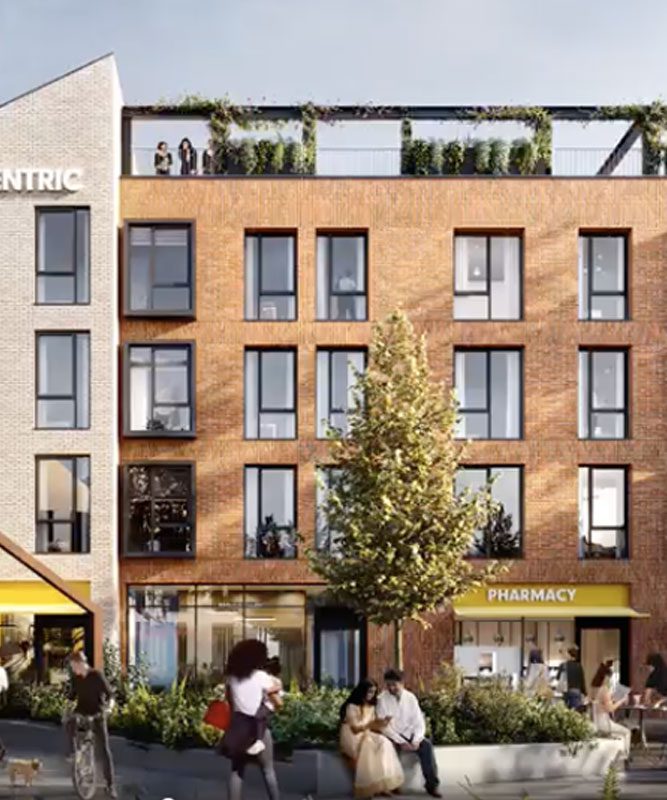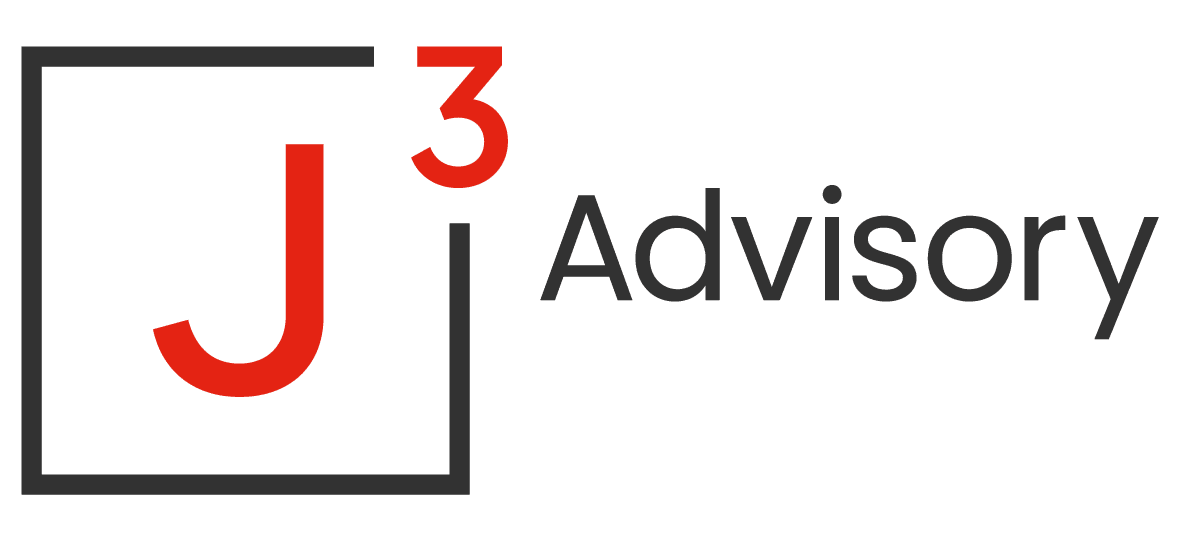J3 Advisory Latent Defects Insurance
Latent Defects Insurance For Property Developers
Latent defects insurance offers protection for developers and builders of non-residential projects.
It’s been designed for new builds or conversions of commercial & mixed-use developments – including student accommodation, care homes and offices as well as industrial and retail units
Many commercial developers have relied on collateral warranties to satisfy funders and associated parties but the majority are now more minded to arrange commercial latent defects insurance to protect everyone’s interests.
Commercial Latent Defects Insurance from J3 Advisory
If you have a commercial scheme you wish to discuss, call us on 020 3096 0718 or fill in our enquiry form online.
For residential schemes, structural warranties provide broadly similar cover as LDI, but are mainly used for new build developments and are required by mortgage lenders before approving a loan.

Why use J3 Advisory?
Here are just a few of the reasons why you should consider J3 Advisory for arranging commercial defects insurance on your next project:
We only work with ‘A’ rated, UK based insurers for structural warranties and latent defects insurance. Given that the period of cover for a structural warranty is ten or twelve years, it’s essential to ensure that the insurer’s underwriter holds a financial rating from one of the UK’s ratings agencies. While no one can completely guarantee the solvency of any entity, these ratings provide a robust evaluation of a company’s creditworthiness and give assurance that the insurer is reputable and likely to remain operational throughout the duration of the policy should it need to be called upon.
The structural warranty and latent defects insurance cover we arrange is accepted by leading banks and building societies, which means buyers can obtain a mortgage to purchase a home from you.
A Tailored Service for Developers
At J3 Advisory, we understand the market and recognise that no two developments are the same. That’s why we go beyond simply arranging structural warranties and latent defects insurance. We carefully identify the right insurers for your specific needs, handle all aspects of policy arrangement, and manage queries on your behalf to ensure a smooth process. Our dedicated after-sales service means we continue to support you after the policy is in place, proactively addressing any issues and ensuring everything stays on track, so you can focus on delivering your development with confidence.
Latent defects insurance FAQs
Why you need latent defects insurance
Latent defects insurance insurance ensures that the cost of repairs or rebuild in the event of a claim after practical completion. These hidden defects can arise from design or construction flaws, as well as faulty materials.
By addressing latent defects during the defects period, the responsibility for the cost and rectification falls upon the contractor, sparing owners from bearing the financial consequences. It is crucial for owners to promptly communicate any latent defects to their contractor within this timeframe to facilitate the necessary remedial actions and prevent further damage. In some instances, the policy can be purchased by the developer with no defect period inclusion – Giving tenants or owners first party insurance from day one.
What is latent defects insurance?
Latent defects insurance offers first party coverage and protects property owners against unknown or hidden construction issues – commonly known as latent defects – that show themselves after practical completion.
The policy term runs for a duration of 10 or 12 years starting from the date of the final certificate for practical completion is issued. It offers comfort to various stakeholders who have an interest in the property, including; developer, contractor, tenant, homeowner, investor, legal advisers, lenders and mortgage provider.
What causes a latent defect?
Some of the most common causes of latent defects are:
Design issues
Latent defects can result from design errors or omissions including inadequate structural calculations, improper placement of load-bearing walls, or insufficient consideration of environmental factors.
Poor workmanship
This is the biggest cause of latent defect claims in the UK residential market. Examples may include inadequate waterproofing, faulty electrical wiring, or insufficient reinforcement.
Substandard materials
The use of incorrect or low-quality materials can contribute to latent defects. This can include materials with inherent weaknesses, inadequate durability, or susceptibility to deterioration over time.
Environmental factors
Ground movement, soil subsidence, flooding, or extreme weather conditions like strong winds, heavy rain, or temperature fluctuations are examples of natural occurrences that cause latent defects
It’s important to note that latent defects may not be immediately apparent and can manifest months or even years after the completion of construction. Proper inspections, regular maintenance, and the use of quality materials and workmanship can help mitigate the risk of latent defects.
What does latent defects insurance cover?
The latent defect policy covers the reinstatement cost and the cost of demolition and clearing of the site in the event of damage due to inherent defects. Some specific scenarios where latent defect insurance comes into effect includes:
Foundation cracks and instability
Repairing a building’s foundation can be extremely expensive. Should you discover an unnoticed flaw down the line that threatens the integrity of your structure, latent defects insurance steps in to cover repair costs.
Faulty plumbing systems
Issues with plumbing may go unnoticed until water damage becomes clear. Remedial action for this kind of defect is typically covered under a latent defect policy (after a satisfactory survey 12 months after practical completion)
Roof leaks
A structurally sound roof is critical for any building. Over time, hidden flaws can surface as leaks, which would be covered by this policy.
What isn't covered by a latent defect insurance policy?
While latent defects insurance covers numerous factors that might crop up post-completion. it’s essential to note what isn’t included in these policies:
Firstly, wear and tear isn’t covered by latent defects insurance. Regular upkeep tasks such as repainting walls or replacing aged roofing materials fall under routine maintenance and are not catered for within the policy.
Secondly, issues linked to improper use or misuse of your property – often referred to as first-party damage – fall outside the remit of latent defect coverage. This includes damages stemming from vandalism or negligence on the part of the property owner.
Lastly, natural disasters like earthquakes and floods generally are covered only if expressly stated otherwise in your policy documentation.
If you reside in areas prone to certain natural calamities (like flood-prone zones), securing additional protection would be in your best financial interest.
In essence, while latent defects insurance provides extensive coverage for hidden structural faults inherent in your property’s design or construction stage itself, certain damages are excluded.
Who needs latent defects insurance?
A wide range of parties can benefit from obtaining Latent Defects Insurance (LDI). The primary buyers of this insurance typically include:
Property Developers
Contractors and Builders
Responsible for the physical construction of properties, contractors and builders may encounter issues like faulty materials, poor workmanship, or design-related problems. Latent defects insurance protects them against claims arising from these inherent defects.
Engineers
Structural engineers, civil engineers, and other professionals involved in construction play a crucial role in ensuring the stability and safety of buildings. Latent defects insurance offers coverage for potential defects or failures that may occur due to their work.
Surveyors
Building surveyors conduct inspections and evaluations to identify defects or potential issues in properties. However, some latent defects may not be immediately apparent. Latent defects insurance shields surveyors from claims resulting from undetected defects.
Property investors also need latent defect insurance for protection against unseen issues causing significant financial burdens. Anyone who holds an appreciable investment that was built within the last 10 years should consider investing in such an insurance policy. This is particularly relevant given the rise to prominence that we’ve seen in the BTR and PBSA markets in recent years.
Do private property owners need latent defect insurance?
Private property owners generally do not require Latent Defects Insurance (LDI) for their personal properties. LDI is typically associated with construction projects, where the focus is on protecting the parties involved in the design, construction, and development of a property.
LDI provides coverage against hidden or latent defects that may emerge after completion of a construction project. It is commonly sought by property developers, contractors, architects, engineers, and other professionals involved in the construction industry.
For private property owners, their focus is often on homeowners’ insurance or property insurance, which provides coverage for risks such as fire, theft, natural disasters, and liability. These types of insurance policies are more suitable for addressing the needs and risks specific to private property ownership.
That being said, it’s always advisable for property owners to consult with insurance experts or brokers who can assess their specific situation and recommend the most appropriate insurance coverage for their needs.
Do commercial projects need latent defect insurance?
Yes, commercial projects often require Latent Defects Insurance (LDI). Commercial construction projects such as BTR, PBSA schemes involve larger investments and more complex structures, making them prone to potential hidden defects that may emerge after completion. LDI provides coverage for these latent defects, protecting the parties involved in the project, such as property developers, contractors, architects, engineers, and other professionals.
It is advisable for commercial property owners, developers, and professionals involved in commercial construction to consult with insurance experts such as J3 Advisory to determine the appropriate level of coverage and to assess the specific insurance requirements for their project.
While there isn’t the requirement for commercial LDI, like the necessity we see in the residential market, set by mortgage lenders. We have seen a vast increase in enquiries over the past 18 months from BTR, PBSA and commercial asset developers – The enquiries often being driven by the owner/investors in those asset classes who are taking a long term position
That being said, it’s always advisable for property owners to consult with insurance experts or brokers who can assess their specific situation and recommend the most appropriate insurance coverage for their needs.
How much does latent defects insurance cost?
The cost of latent defects insurance varies significantly based on multiple factors. Some of the critical elements influencing premium costs include:
- The construction cost of the development in question
- The location and average cost per square foot
- The nature or category of construction materials used
- The stage of works
On average, the premium for LDI can range from 0.5% to 1.3% of the total project cost (assuming the scheme hasn’t yet started on site). To get an instant indication for your commercial project, click here to get the cost of your latent defect insurance
By allocating a small portion of your budget towards Latent Defects Insurance (LDI), you can protect the structural integrity of your development from substantial repair costs in the future.
How does latent defects insurance work?
LDI is a specialized insurance product designed to protect against hidden or latent defects that may arise in a property after completion of a construction project. Here’s how LDI typically works:
Coverage Period
LDI policies have a specific coverage period, which starts after the completion of the construction project. The insurance ranges from 8 years (assuming a 2-year defects period) to 12 years.
Insured Risks
LDI covers risks associated with hidden defects that may not be apparent at the time of project completion. These defects could include structural issues, faulty materials, design errors, or problems with installations such as plumbing or electrical systems.
Claims Process
In the event of a latent defect being discovered within the coverage period, the policyholder (usually the property owner) can file a claim with the insurance provider. The claim should outline the specific defect and provide supporting evidence.
Investigation and Assessment
Upon receiving a claim, the insurance provider will conduct an investigation and assessment to determine the validity of the claim. This may involve inspections, expert evaluations, and reviews of project documentation.
Resolution
If the claim is accepted, the insurance provider will cover the costs associated with repairing or rectifying the latent defect. This typically includes the cost of labour, materials, and any additional expenses necessary to remedy the issue.
Policy Limitations
LDI policies may have certain limitations, exclusions, or deductibles specified in the policy terms and conditions. It is crucial for policyholders to thoroughly understand the coverage details and any specific requirements or obligations they need to fulfil.
Premium Payments
Policyholders pay a premium for LDI coverage, typically based on the project value, construction cost, or other factors determined by the insurance provider. Premiums are paid when the policy is arranged or alternative facility can be set-up (please not this comes at an additional cost)
It’s important to note that the specific terms, conditions, and coverage limits of LDI can vary between insurance providers and policies. It’s advisable to consult with insurance experts such as J3 advisory to understand the details and find a policy that suits your specific needs.
What are the benefts of Latent Defects Insurance?
Latent defects insurance provides financial coverage for repairs or rebuilding that may be necessary due to structural damage arising after the completion of a new-build or conversion project. It helps protect homeowners from unexpected and potentially significant repair costs. There are a number of reasons why latent defects insurance, also known as structural defects insurance, is essential:
First party insurance
LDI offers first party insurance which means there’s no need to establish who’s at fault or to prove negligence. This mitigates the need for or slow, complex litigation before repairs can be undertaken.
Alternative solution to collateral warranties
Unlike collateral warranties, structural defects insurance provides coverage even if involved parties cease trading, eliminating the need to establish negligence. It offers a robust and reliable safeguard, ensuring protection against structural defects regardless of the status of the construction team or the need to prove negligence.
Transferability
The policy is flexible and freely assignable, allowing for seamless transfer to future funders, owners, and tenants. Additionally, it can be assigned to purchasers, providing valuable assistance in streamlining the lease or sale process.
Saleability
Promptly addressing latent defects and carrying out necessary repairs can help maintain or enhance the value of the property. It prevents further damage and ensures the structural integrity of the building, making it more appealing to potential buyers or tenants.

